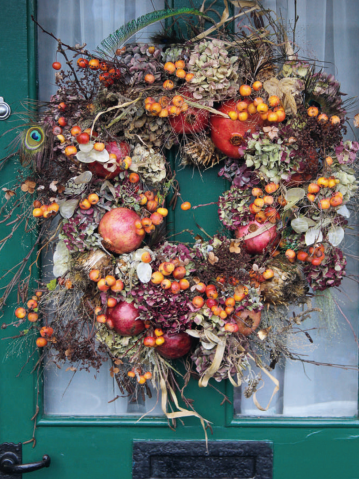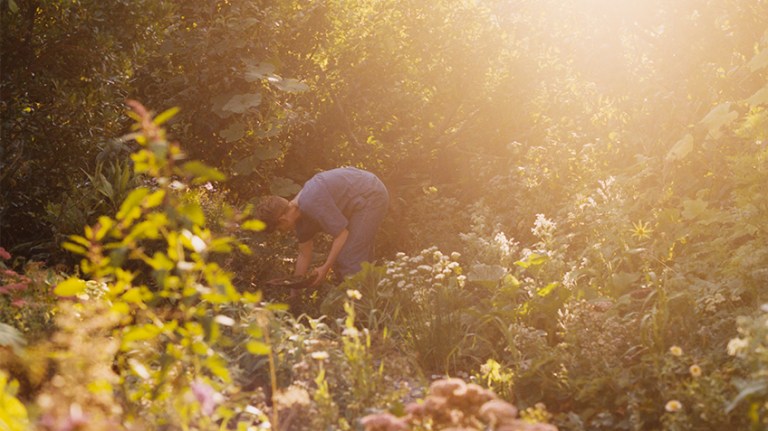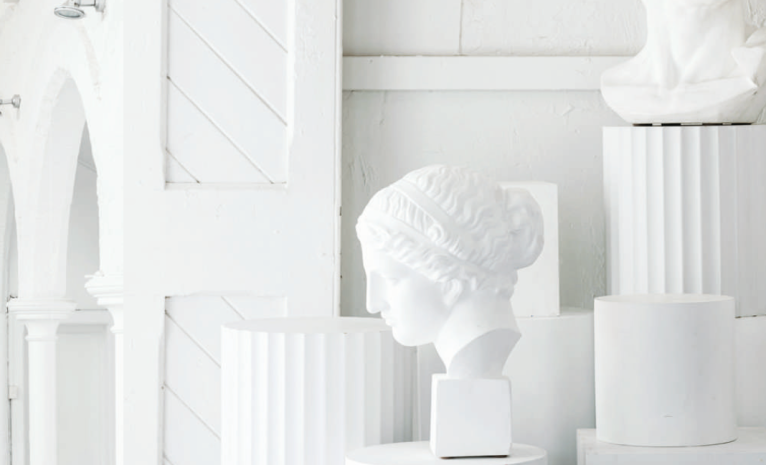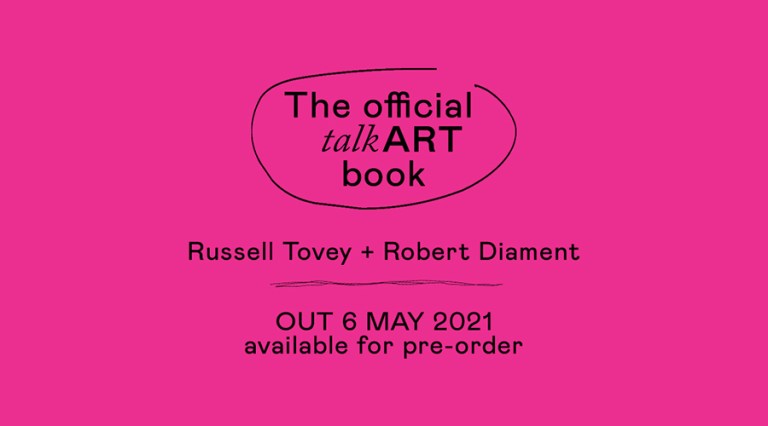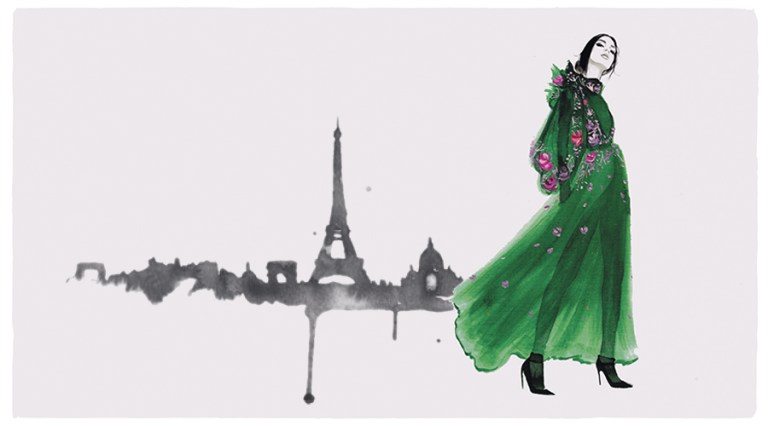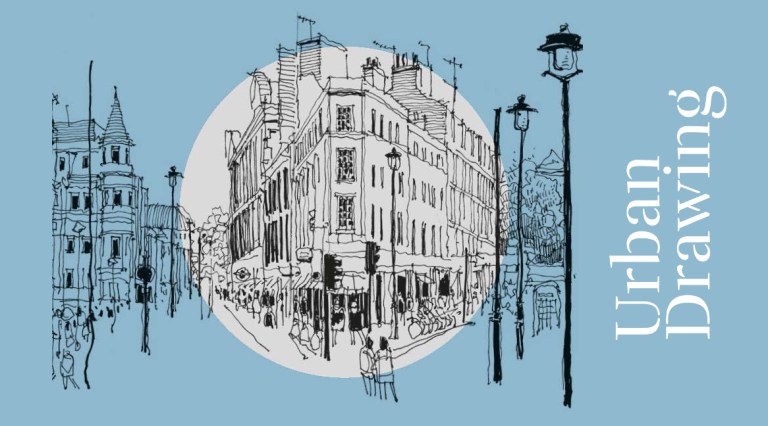Introduction to Drawing
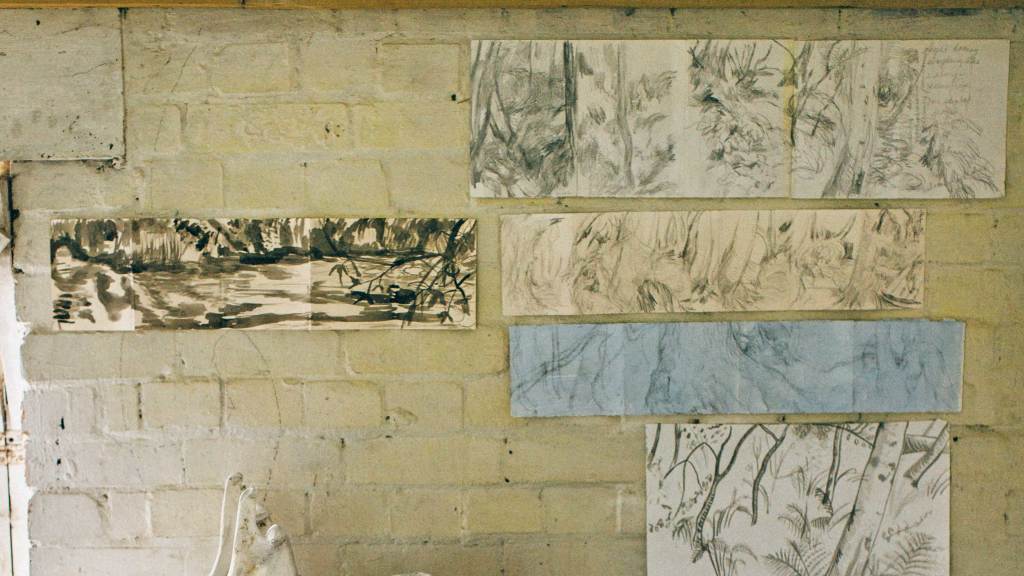
Drawing & Seeing by Clara Drummond
An Introduction to drawing
Drawing from observation is a process of discovery, a process that makes you discard your preconceived ideas of how things are and instead leads you to look to see how they really are.
‘A moment, intensely seen and intensely felt…’ is how the French painter Pierre Bonnard described the two-minute drawings that he made in his small pocket diary each day. In these swift drawings everything is seen as if for the first time: the weather, people, objects, interiors, landscapes and their texture and tone. He transforms the experience of seeing these daily sights into vivid records of a moment lived. The best way to learn about drawing is simply to draw and to draw often. Like our response to colour, drawing what you see is very subjective. The great artist and teacher Joseph Albers, author of Interaction of Colour (an experimental way of studying and teaching colour), placed practice before theory. He said, ‘Knowledge and its application is not our aim: instead it is flexible imagination, discovery, invention…’
Likewise, sketchbooks have long been a valuable tool for artists to do this, a place to capture the particular, the fugitive, the marvellous and the mundane. They continue to be a vessel for the genesis of ideas, for collecting influences and inspirations, a place where drawings can evolve, be kept safe to be transformed into other works or not, a place to capture what we see and how we see it.
A sketchbook can be a record of a journey, or a sort of visual diary.
Whatever form a sketchbook takes – be it some bits of paper bound together, an ordinary notebook or a diary – it is portable and so gives us the freedom to draw anywhere. From Antonio Pisanello drawing animals in the wild to Ludwig Kirchner drawing in the crowded streets of Berlin, sketchbooks give artists the autonomy to experience the world first hand.
The materials that you will need for this sketchbook are:
- Several pieces of medium-sized charcoal
- 4B–8B graphite pencil or graphite stick
- Coloured wax crayons
- Bottle of Indian ink
- Chalk
- Medium-sized watercolour brush
- Fixative
- And you will also need a watercolour brush, a jam jar, some rags or kitchen paper.
- If you’re missing any of the above, you can always get creative…
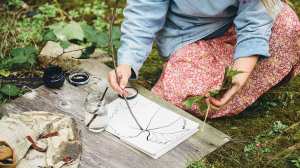
Elements of drawing
No drawing can be an exact transcription of what we see, but is instead a record of the experience of seeing, or more precisely how you see the world in that moment, on that day in the frame of mind that you are in. With each drawing, different elements may come to the fore, one drawing may be characterised by its texture and surface while another by its strong sense of depth, or by its scale or the way that it is placed on the page. However, it will probably be a combination of many things that gives it a power and life of its own. When you study drawing it can be useful to consider these different elements separately in order to better understand them. Once you have absorbed these lessons, you can ‘forget’ them in order to arrive at a means of personal expression. Pierre Bonnard recalls his experience of this moment of arrival in a conversation about his work with Raymond Cogniat:‘One day all the words and theories which formed the basis of our conversation – colour harmony, the relationship between line and tone, balance – seemed to have lost their abstract application and become concrete. In a flash I understood what I was looking for and how I would set about achieving it.’ This book focuses on various aspects of drawing. Here are just some of the elements that you will encounter in the course of filling these pages.
LIGHT
Light describes everything that we see; by depicting the areas of light and dark that you observe you can create the illusion of form, volume and depth. Our perception of light is relative and everything appears to be either lighter or darker, depending on what surrounds it. Understanding tonal relationships and how to describe them is one of the most vital ways of exploring the full potential of drawing.
LINE
A line can express many things, so it is crucial to experiment with making different qualities of line: dark, light, broken, solid, fluid or choppy, smudged or precise – there is no end to the variations that can reflect the nature of your subject. To draw something as a simple line is sometimes the most direct and economical way of capturing the essence of what you see, especially if you are drawing quickly or drawing a moving subject.
MOVEMENT
It is rare for any living thing to ever be completely still and even when we are drawing something that is still, the process of seeing is an act of movement in itself. When drawing, it is impor tant to find a means to translate movement into marks in order for your drawing to feel alive. Drawing at speed or drawing something that is moving swiftly can be a very good way of discovering ways of mark making that express a sense of movement.
SCALE
Lucian Freud used to say that an artist must amplify reality in order to capture how things really are. It is often the case that drawing on a small scale can diminish your subject, while drawing something on a larger scale can bring it to life. Filling your page and drawing off the edges can give a strong sense of life and energy. For these reasons, it is important to experiment with scale in your drawing in order to see the different effects it can have.
COMPOSITION
Within the edges of the page there is an infinite variety of possibilities to how you can place your drawing, and the way you choose to compose your drawing can change it dramatically. For example, by shifting the horizon line up or down, cropping or de-centering your drawing you can create a more dynamic composition. One way to try out new compositions is to start your drawing in a different place to where you would normally, for example, draw from left to right, or from top to bottom.
TEXTURE
Texture is all around us; the surface of things is part of what makes up their character. A drawing can reflect this variety of sensation and touch with different marks: soft and hard, detailed or rough, fluid or jagged, fuzzy or clear. Experimenting with different materials, combining them in various ways or working on a prepared surface can create a lively and sometimes surprising surface.
DEPTH
You can create a believable space within your drawing by describing depth. The illusion of depth can be rendered in various ways. Using tone is one way as points of light can bring things forward, while areas of shadow can make them recede. You can also vary your mark within your drawing. The eye reads things that are closer to you with more clarity – so you can draw what is closer more boldy and in more detail than what is far away. Van Gogh used to draw the foreground with great attention, which gave his landscapes a strong sense of depth.
TRANSPARENCY and OPACITY
Varying the transparency or opacity of your mark can bring life, movement and depth to your drawing. This can be achieved by using different drawing materials – some are more transparent or opaque than others. Or you can dilute a material, such as ink, or vary the amount of pressure that you use with a material like graphite. When drawing in a transparent way you can create layers of marks on top of each other or you can draw opaquely over a transparent ground.
MEMORY
Our visual memory is an incredibly rich source of inspiration, both for working from the imagination and for drawing from observation. It informs how we see the world and how we choose to depict it. Like a muscle, the memory can be trained, so in this sketchbook there are several pages dedicated to simply looking, before drawing from memory. The more you use your memory to draw, the more effective it will become at retaining imagery and sensations.
COLOUR
Our reaction to colour is immediate and instinctive. For this reason, colour is often used to express feeling or sensation as opposed to being used in a descriptive way. Unlike form, colour is more personal so its interpretation is more open. Colour is relative; how we perceive it depends on what surrounds it. By placing colours opposite, such as orange and blue, yellow and purple, red and green, next to each other you can make them appear to ‘pop’. Artists such as Van Gogh often used these strong contrasts to make their drawings and paintings vibrate with energy and light.
What to draw
Sometimes the biggest barrier to starting to draw is deciding what to draw. Although there may be occasions when you are fortunate enough to have your sketchbook with you when you see a blue whale or some other extraordinary sight, most of the time the best approach is to embrace the ordinary and the everyday. It is said that during the year that van Gogh lived and worked in a flat in Paris, he used to be exhilarated by what he could see from his window. He would spend days drawing directly onto the walls the scenes that he saw on the bustling street below. Matisse made some of his greatest creative breakthroughs making multiple drawings of a coffee pot, an orange, a particularly beloved chair and other objects that he had in his home and studio. So we have no excuse – grab a banana from the fruit bowl and start drawing!Some other ideas for things to draw, in no particular order:
A cactus or other pot plant
Some fruit or vegetables
Your shoes or other items of clothing
The view from your window
A friend or a member of your family
Your pet, if you have one, or wild birds or animals
The interior of the room you are sitting in
The landscape or cityscape
A picture from a favourite art book or a treasured postcard
A fish or crustacean from the fishmonger or meat from the butcher
A jug or pot or something that inspires you from the kitchen cupboard
Your breakfast
A chair
The unmade bed
Your feet
Your hand
Whatever is sitting on the table in front of you
Piles of books
Twigs, stones, leaves, shells or bones
Clouds in the sky
Your reflection in a mirror
Extracted from Drawing & Seeing: Create your own sketchbook by Clara Drummond
Clara Drummond won the first prize of the BP Portrait Award in 2016 and is the author of Drawing and Seeing: Create you Own Sketchbook, published by Kyle Books in September 2018.Clara Drummond was born in Edinburgh in 1977 to an architect father and sculptor mother. She studied Modern languages at Cambridge University and during this time she lived in Rome for a year and studied at LAccademia di Belli Arte. She then moved to London to work for three years as an assistant to portrait painter Jonathan Yeo and then later for a short period in Maria Theresa Meloni studio in New York. Drummond was then awarded a place on The Drawing MA programme at the Royal Drawing School, an intensive year of drawing which developed both her draftsmanship and her approach to painting.
Solo Shows include Galleribox, Iceland, The Lookout, Aldeburgh and Two Temple Place following her residency in the Museums of Cambridge exhibition ‘Discoveries: Art, Science and Exploration’. Joint exhibitions include ‘The Unsung Muse’ with Kirsty Buchanan at the William Morris Society, London.
She was awarded the Bulldog Award by the Royal Society of Portrait Painters and the Young Artist of the Year Prize by the Society of Woman artists and has had five portraits accepted for The BP Portrait Award at the National Gallery in 2006, 2009, 2013, 2014 and most recently in 2016. Group shows include the Jerwood Drawing Prize, The Garrick/ Milne Prize, The Discerning Eye, The Threadneedle and The Lynn Painter-Stainers Prize.
In 2008 she completed four portraits for the Royal Collection which were exhibited at Windsor Castle in the June of that year. One of her sketchbook drawings was selected to represent The Prince’s Drawing School in an exhibition celebrating HRH the Prince of Wales 60th birthday.
Residencies include Two Temple Place, London in 2014, Cill Rialaig artists・retreat in Ballinskelligs, County Kerry in 2013, Akureyri, Iceland in 2010, Barons Court, Northern Ireland in August 2009 and Hatley Park, Cambs. in August 2008, Drummond joined the teaching faculty at The Royal Drawing School in 2011. In addition she has run several pop up drawing events with The Hay Festival, Hackney House for the London Olympics 2012, Grizedale Arts and the A-Foundation at the Liverpool Biennale.

